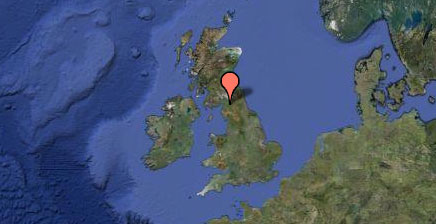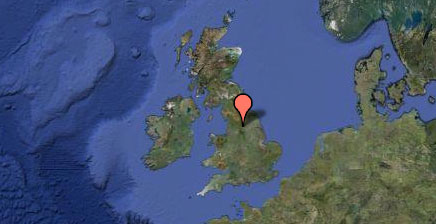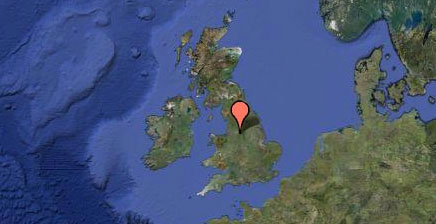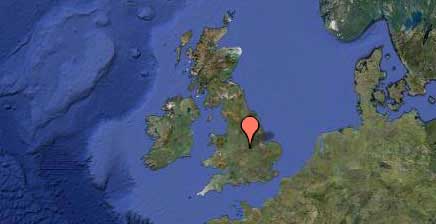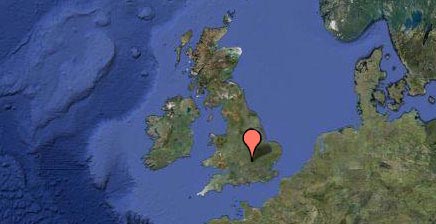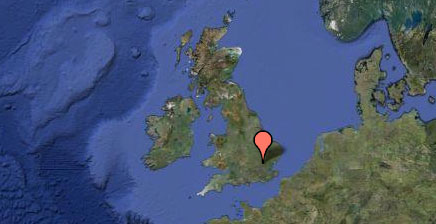CFA Archaeology undertook a community volunteer excavation at the WWI and WWII former Lodge Moor Prisoner of War camp at Redmires Plantation, Sheffield, South Yorkshire during August 2022.

The report is now available online on the ADS!
Our site diary is now updated, and you can see how we did at https://www.cfa-archaeology.co.uk/education-outreach/lodge-moor-pow-camp-at-redmires-plantation/lodge-moor-site-diary/
Check out these media features about our excavations:
https://www.bbc.co.uk/news/uk-england-south-yorkshire-62741972
https://www.sheffieldtribune.co.uk/p/captured-in-war-forgotten-by-time
Here are some of our fabulous volunteer archaeologists:
This project was undertaken in cooperation with the Sheffield Lakeland Landscape Partnership, under the umbrella of the Sheffield and Rotheram Wildlife Trust, and was funded by the Heritage Lottery Fund. To learn more about the Sheffield Lakeland project, follow:
Site History
The former Lodge Moor Prisoner of War camp is a famous set of archaeological remains on the edge of Sheffield City. Beginning life in the First World War as a training camp for the Sheffield City Battalion (12th Battalion Yorks and Lancs) in 1915, the camp was later reused as a prisoner of war camp and housed the famous German Sailor Karl Doenitz. Later, in 1945 Doenitz, as Admiral, took over control of Germany after Hitler’s suicide.
When the First World War ended in 1918, the camp was turned into an extension of the Lodge Moor Hospital to help during a smallpox outbreak in 1925 and was used as such until 1935. During the Second World War, the site was once again used as a prisoner of war camp and, indeed, grew to be one of the largest in Britain throughout the war. At its peak in 1944, it housed some 11,000 prisoners, including men from Germany,
Italy, and Ukraine.
The site at Redmires plantation is now owned by the Sheffield City Council (SCC) who maintain the site as a commercial plantation and which has been in use since 1958. The remains of many of the camp hut bases are still in situ along with various structures connected with the camp, such as the ablutions blocks and what appear to be water
storage units and drainage.









